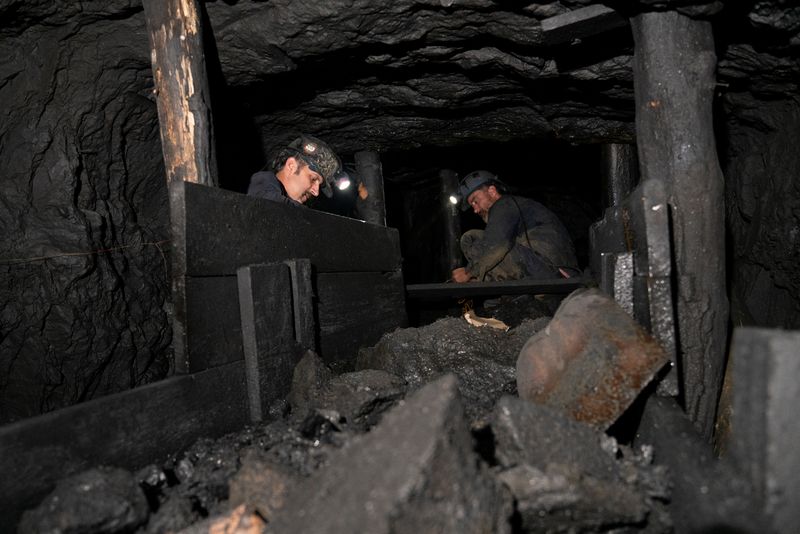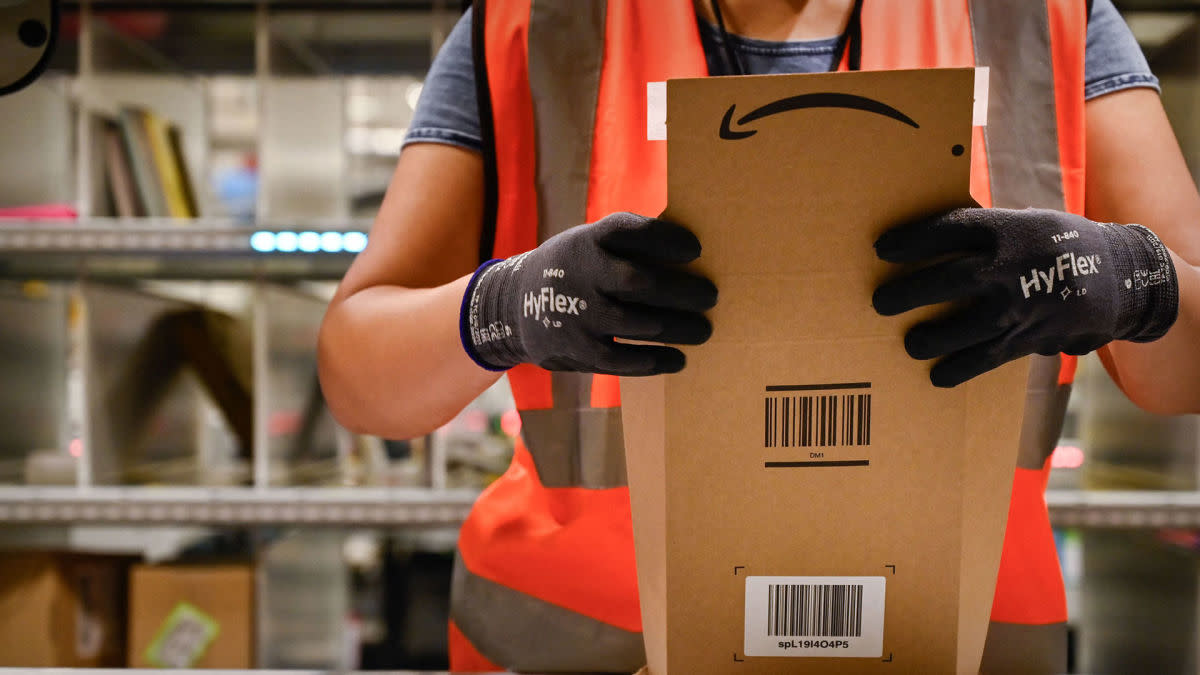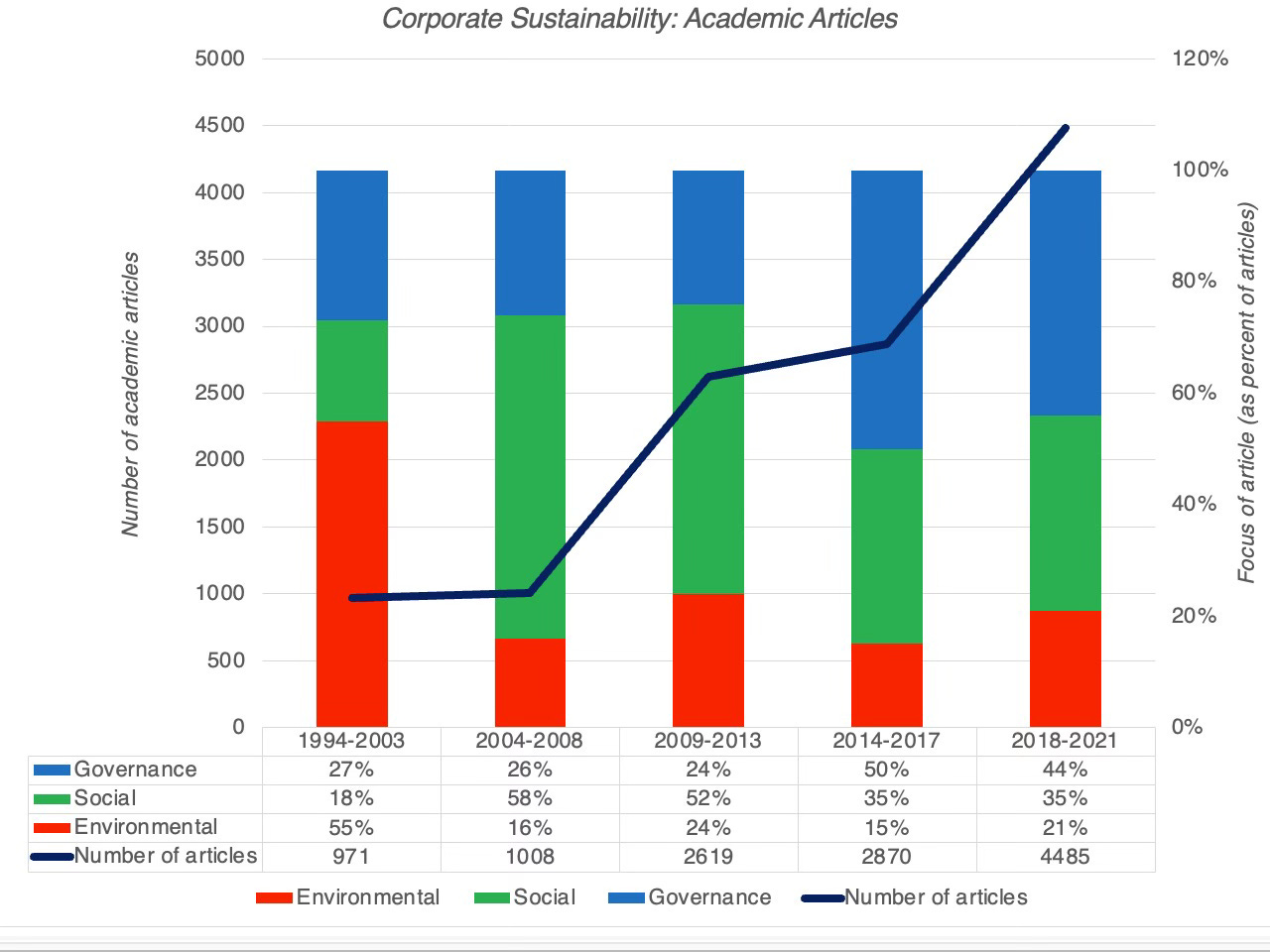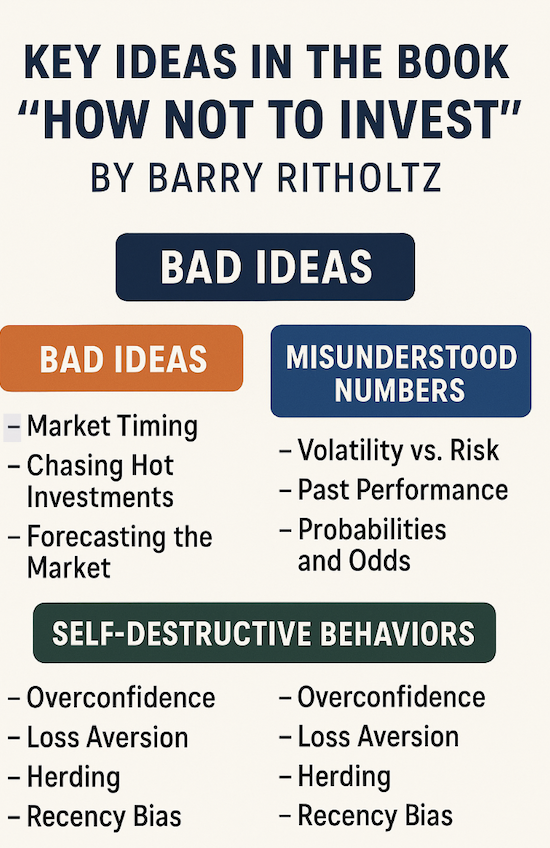U.S. Secretary of Commerce says the ‘new model’ is factory jobs for life—for you, your kids, and your grandkids
“This is the new model, where you work in these plants for the rest of your life, and your kids work here, and your grandkids work here,” U.S. Secretary of Commerce Howard Lutnick says.

- U.S. Secretary of Commerce Howard Lutnick says factory gigs are the “great jobs of the future” that Gen Z could work in for the "rest" of their life—and so could their grandkids. But the workforce’s youngest cohort probably won’t be running to fill the roles.
Some white collar workers may be on the brink of layoffs thanks to AI, but the Secretary of Commerce says they will always have a place in America’s factories. As the U.S. puts up high tariffs and curbs immigration, the administration hopes to fuel an intergenerational manufacturing boom.
“It’s time to train people not to do the jobs of the past, but to do the great jobs of the future,” Howard Lutnick told CNBC this week.
“This is the new model, where you work in these plants for the rest of your life, and your kids work here, and your grandkids work here.”
While Lutnick said this is all part of President Trump’s larger plan to make America more independent from foreign imports and services, the administration’s targeted deportation of immigrants has left many domestic manufacturers scrambling for labor. To keep up with supply, people have to fill the plant jobs, and Lutnick thinks technicians tending to factory robots are the next hot gig.
“You gotta remember these plants, all these automated arms and stuff, they need to be fixed. They all need a technician to fix them,” he said. “This is tradecraft, this is high school-educated, great jobs.”
Robot technicians can earn $90k with just a high school diploma, Lutnick says
Robots are already starting to work side-by-side with humans on factory floors—and it's causing panic amongst workers that the tech will eventually steal their jobs. But Lutnick snubbed that notion, arguing people will always be needed to repair the robots.
In fact, he advertises technician work as incredibly accessible and lucrative to U.S. citizens with just a high school diploma. Lutnick also pointed to local-led efforts to get community college students into the industry, using Arizona as an example of a state ramping up their efforts.
“You go to the community colleges, and you train people,” he said. “All these community colleges [in Arizona] are training people right now, technicians, and these are really good-paying jobs.”
The American businessman said technician jobs can pay anywhere from $70,000 to $90,000 from the jump—a promising gig with a low barrier to entry. Vocational schooling or apprenticeships are a nice touch on resumes, but only a high school diploma is required for most entry-level technician jobs. But it’s still not the dream for Gen Z turning to trade work.
Gen Z want blue-collar jobs—but not in a factory
Manufacturing was predicted to explode with job growth long before Trump’s immigration and tariff policies were implemented this year. This could be a huge win for Gen Z chasing trade work as a six-figure career path—if only they wanted the jobs.
Some 3.8 million new manufacturing opportunities are expected to open up by 2033, according to a 2024 report from Deloitte and the Manufacturing Institute. However, half of these roles are predicted to go unfilled due to labor supply issues and changing career choices. And Gen Zers, set to make up 30% of America’s workforce by 2030, are turning their nose up at factory work in particular.
Only 14% of Gen Z say they’d consider industrial work as a career path, according to a 2023 study from Soter Analytics. About a quarter of the young workers think that these jobs aren’t particularly safe, and don’t offer flexibility. They’d rather be an HVAC worker, plumber, or carpenter—safer blue-collar gigs where workers have more control over their schedules.
With America’s increasingly dire need for manufacturing workers, Lutnick’s vision of technicians as an inter-generational career may be a pipe dream. After all, only 25% of Americans think they’d be better off working in a factory, according to a 2024 poll from the CATO Institute. It’ll take a lot of convincing to get young Americans to take the leap.
This story was originally featured on Fortune.com







































































































































































